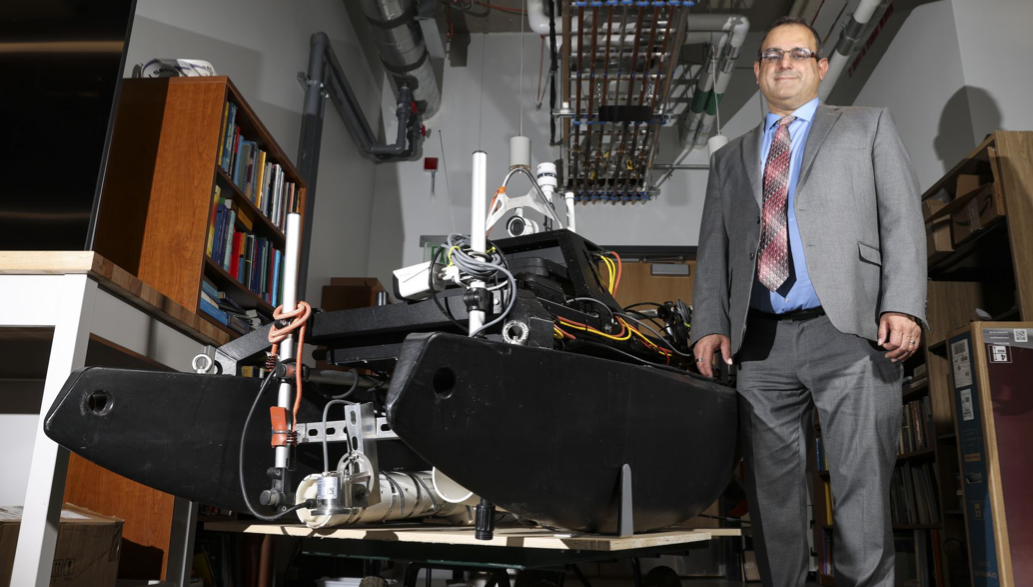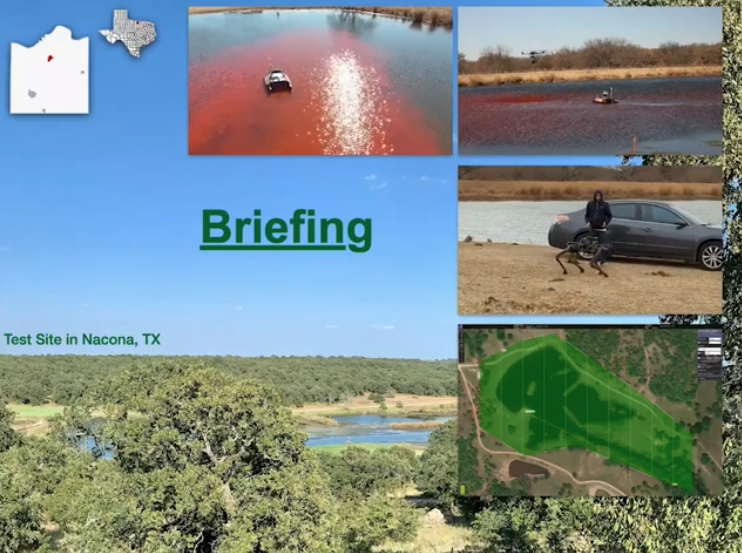The Multi-Scale Integrated Intelligent Interactive Sensing Consortium (MINTS) aims at developing intelligent sensing systems for interdisciplinary applications. MINTS affiliates include experts from the UTD departments of physics, geosciences, electrical engineering, and computer science with a broad range of background expertise. The combined experience of the center affiliates is more than a century.
The vision of MINTS is a holistic intelligent synergy of integrated targeted observations from multiple platforms on multiple spatial and temporal scales, together with state of the art compression and visualization systems for the distribution and comprehensive analysis of complete datasets. By combining instruments on satellites and robotic vehicles (in air, land, and sea) that can be directed in real time we can capture observations on multiple parameters on multiple spatial and temporal scales appropriate to a wide range of problems. This provides a high level of situational awareness.
MINTS is able to provide intelligent sensing solutions for your application, whether it concerns natural resources, environment and health, safety and security, or transportation and geospatial applications.
The City of Richardson and The University of Texas at Dallas (UTD) have teamed up on a powerful, economic development initiative by partnering on a new Headquarters for the Richardson Innovation Quarter (the IQ HQ).
This new, innovative space, UTD at the Richardson IQ, will foster corporate innovator and university collaborations, support Richardson and the region’s startup and entrepreneur community, and advance UT Dallas research.
The Multi-scale Integrated Interactive Intelligent Sensing (MINTS) Center is developing and deploying a cost-effective irrigation decision-support tool that uses super-resolution machine learning and remote sensing imagery from satellites, drones and security cameras. The center will collaborate with municipalities, corporate campuses and homeowners to save money by optimizing their irrigation water usage.
Latest News
-

Quantifying Inhaled Air Quality Using Biometric Responses
Air pollution has numerous impacts on human health on a variety of time […]
-

Autonomous Environmental Robots
Aided by machine learning, the multi-member UTD robots can navigate environmental sites that […]

